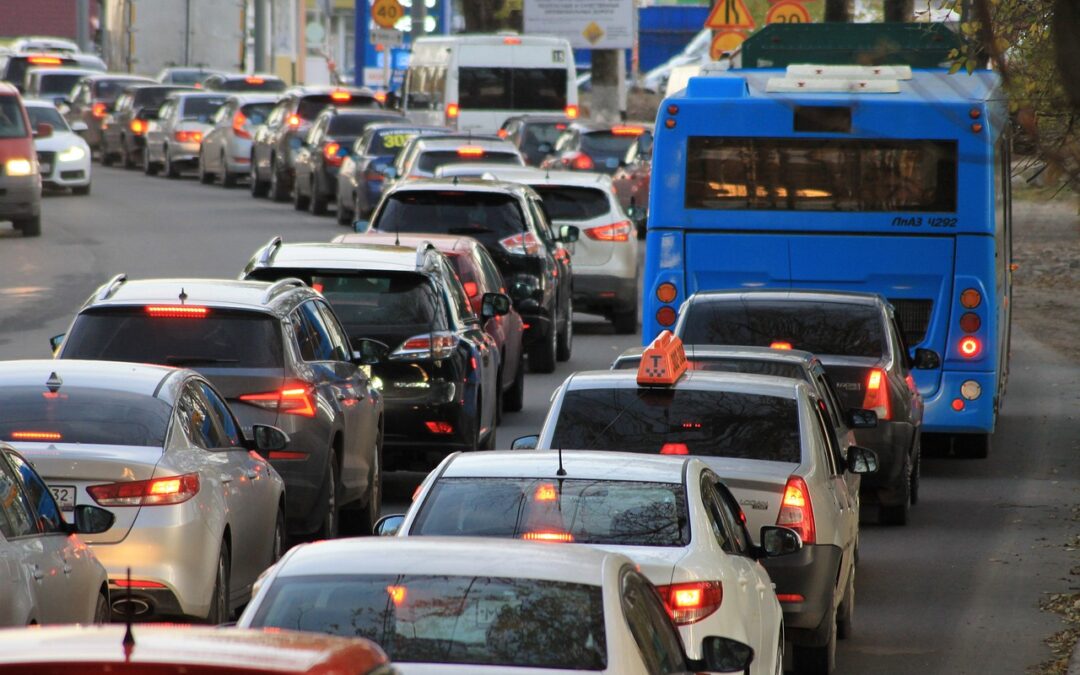It is a truth universally observed that adding road capacity does not, after a dreadfully short transition period, reduce traffic congestion. In its simplest terms, the idea of induced demand is that an increase in the supply of a free good (in this case, un-tolled road capacity), will lead to a commensurate increase in demand for the very same good.
Now you may be asking “How does this work?” It helps to think about it within the basic economic principle of supply and demand. In the beginning, after a new lane is built, traffic will initially flow smoother and lead to reduced travel times for users of the road. After a while, these faster travel times attract more people who live further from either end of the road, leading to more volume. Businesses and developers also take advantage of the new roads and lanes, putting businesses and developments in places previously seen as “out of the way.” All the increase in driving eventually brings you back to square one, a jam-packed road, dreaded by all with the misfortunate of being stuck in it. Studies have also shown that the demand for roads is practically infinite, so any realistic increase in capacity will only ever be met by a proportional increase in cars on the road.
Does this mean to never expand on existing roads and to build new ones? Not really. Every car on the road is doing something important to them, so it follows that allowing more people to do more of that is a good thing. Adding access to new areas to promote development and aid growth in your area can have indisputable benefits for your community. Just don’t spend a whole bunch of money on a highway expansion project and then expect to halve everyone’s commute.
So, what can you do? There’s no easy answer, however, congestion pricing, HOV lane designations, and an increase in toll lanes have all shown positive impacts but are unlikely to be supported by the broader public, and probably aren’t feasible under North Carolina law anyway. On a smaller scale, additions to alternate modes of transportation such as bike lanes and public transit accessibility have been shown to have marginal positive impacts. The real key to reducing congestion at the local level is shifting where people live, work, and congregate closer together to reduce the need for interstate and freeway driving altogether. Altering your land-use policies to allow for this is a big first step towards practically addressing the issue at little to no cost to your municipality.
The principal author of this post is AJ Jessup, our Finance and Management Associate. Please see our disclaimer, click here to read more about our public finance practice, and click here to send us an email.

